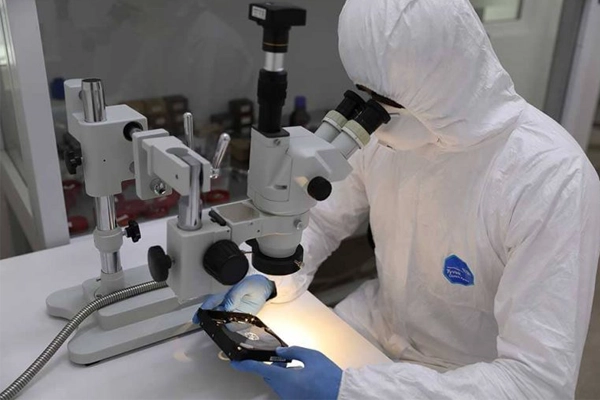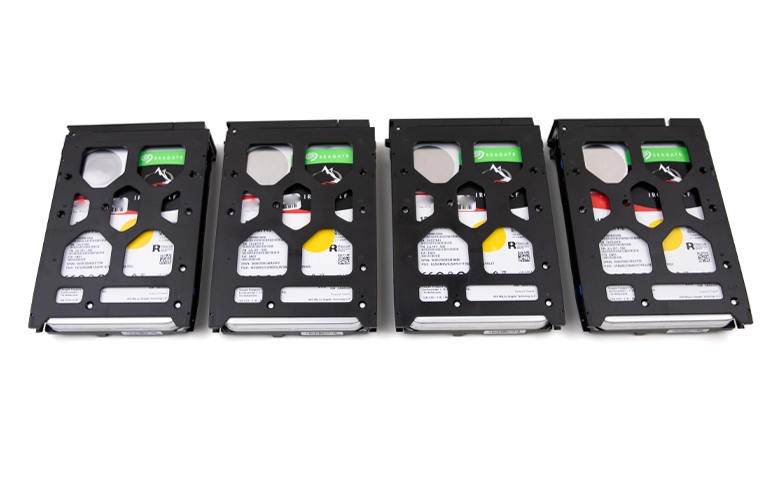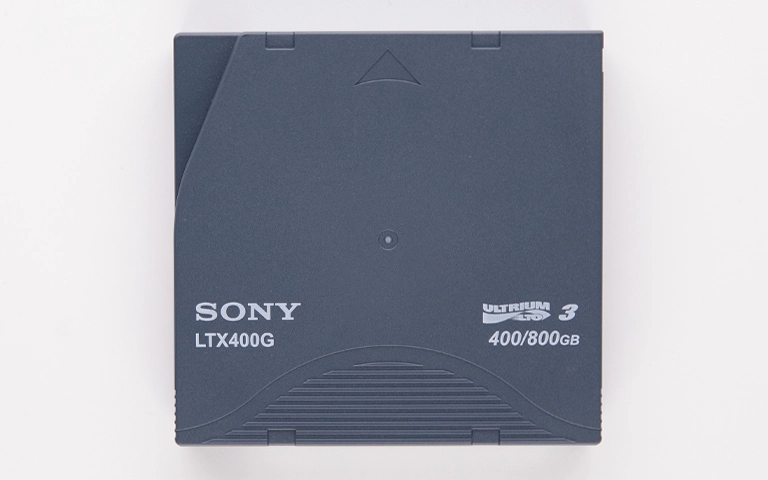At PITS Global Data Recovery Services, we recovered nearly 100% of mission-critical business data from a failed RAID 5 NAS system using WD Red Plus drives. This case illustrates our expert approach, the risks of DIY recovery, and the importance of acting fast when NAS drives fail.
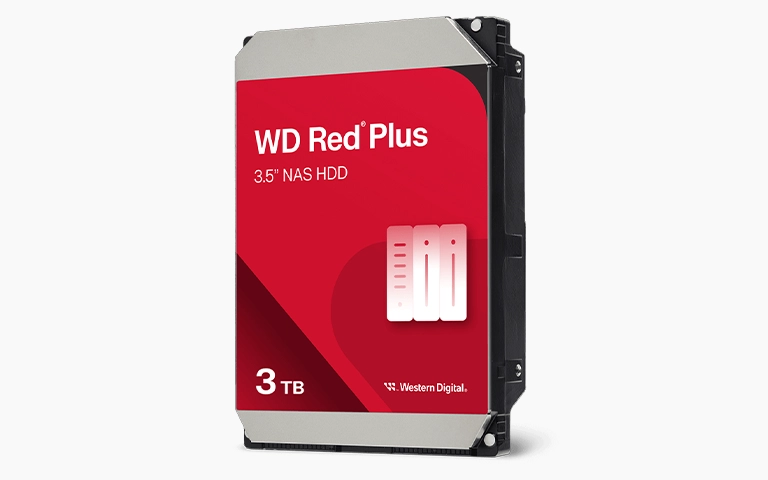
Background
Our client relied on a Synology NAS system with four 4TB WD Red Plus drives in a RAID 5 configuration. When the system suddenly went offline, they lost access to vital financial and project data.
Reported issues included:
- RAID volume was degraded and unmountable
- Clicking and buzzing sounds from two drives
- One drive not detected at all
- Failed cloud backups and no external copies
They reached out to us immediately to initiate recovery.
Step 1: Evaluation and Diagnosis
Upon arrival, our engineers conducted a full assessment of each drive using specialized diagnostic tools.
Findings:
- 2 drives had mechanical failure (head crashes)
- 1 drive had firmware corruption
- 1 drive showed sector-level degradation
- RAID structure was intact but required reconstruction
We confirmed a high probability of successful data recovery with cleanroom procedures.
Step 2: Cleanroom Repair & Imaging
Drives were transferred to our ISO Class 5 certified cleanroom for repair.
Actions taken:
- Replaced damaged read/write heads
- Stabilized firmware on the corrupted drive
- Cloned each drive using sector-by-sector imaging tools
- Preserved the original data for safe handling
Working on cloned images reduces risk of further damage.
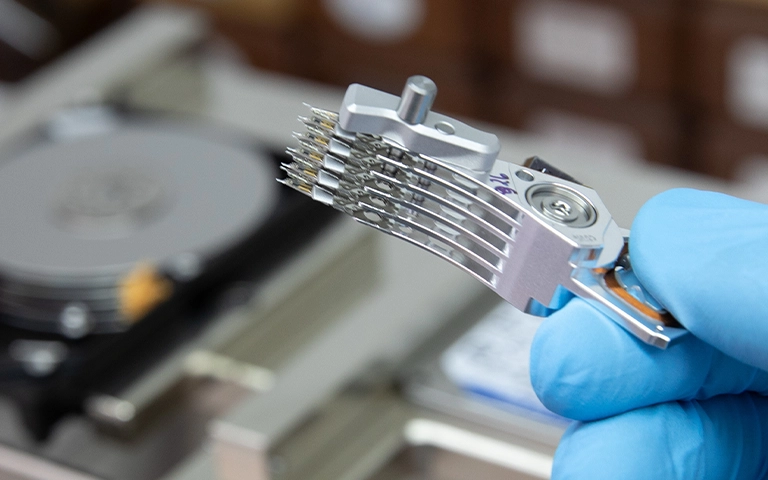
Step 3: Virtual RAID Reconstruction
With all four drives imaged, we performed a virtual RAID reconstruction using our in-house RAID analysis software. This was a critical step in the raid data recovery process to ensure data integrity and completeness.
This process involved:
- Identifying the correct disk order
- Confirming RAID level (RAID 5)
- Determining block size and parity rotation
- Virtually rebuilding the array to access the volume
Once complete, we accessed the complete file system and verified its structure.
Step 4: File Recovery and Verification
We extracted and organized the recovered files, prioritizing mission-critical data.
Successfully recovered:
- QuickBooks files
- SQL databases
- PDFs and client documents
- Spreadsheets, archives, and media assets
Over 98% of the total data was fully recovered and verified for integrity. Files were then securely transferred to a new encrypted storage device and returned to the client.
Get a Free Consultation.
Our recovery experts are ready to assess your device and guide you through the safest path to recovery. Fill out the form to get started.
"*" indicates required fields
Why WD Red Plus NAS Drives Can Fail
WD Red Plus drives are designed for NAS use, but they are still mechanical devices with failure points.
Common causes of failure:
- 24/7 operation leading to mechanical wear
- Inadequate ventilation causing overheating
- Power surges or outages damaging internal components
- Firmware corruption rendering drives unreadable
- Sector degradation over time
Proactive monitoring and maintenance are essential for long-term reliability.
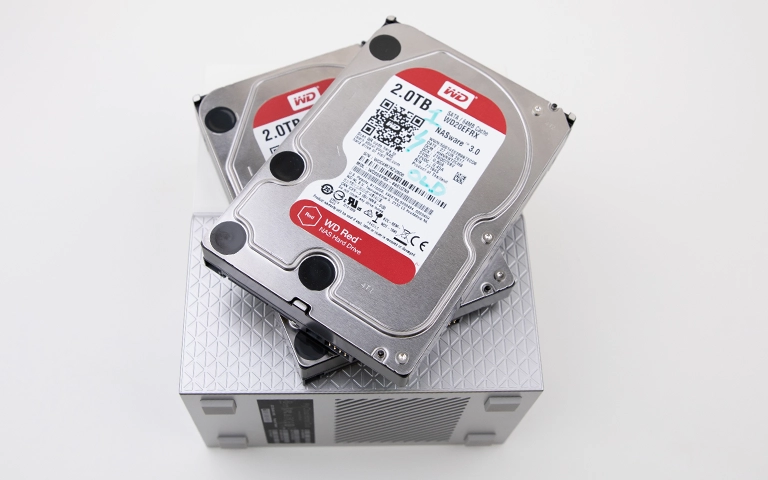
Warning Signs of NAS Drive Failure
Recognizing early signs of drive failure can prevent complete data loss.
Watch for:
- Clicking, buzzing, or grinding noises
- Slow performance or inaccessible files
- Frequent RAID rebuilds or errors
- Drive not showing up in NAS manager
- Alerts from your NAS dashboard or SMART status
Do not ignore these warnings act immediately.
Your Data Security Is Our Priority
Data privacy isn’t optional. It’s our commitment. Our secure recovery process ensures your sensitive information stays protected from start to finish.
Trust in certified security. Start your recovery today! Call Now: 888.611.0737
What to Do If Your NAS Fails
If your NAS system fails or shows signs of trouble, follow these steps to protect your data:
Do:
- Shut down the NAS system immediately
- Contact a professional data recovery service
- Keep the drives in their original condition
Don’t:
- Attempt to rebuild the RAID array yourself
- Use disk utilities or recovery software
- Open the drives outside of a cleanroom
DIY attempts often lead to permanent data loss.
How to Prevent NAS Data Loss
You can reduce the risk of data loss by following simple best practices.
Prevention tips:
- Maintain regular offsite or cloud backups
- Replace drives every 3 to 5 years
- Monitor drive health using SMART tools
- Use a UPS (Uninterruptible Power Supply)
- Ensure proper airflow and cooling in your NAS environment
Planning ahead is always better than reacting to disaster.
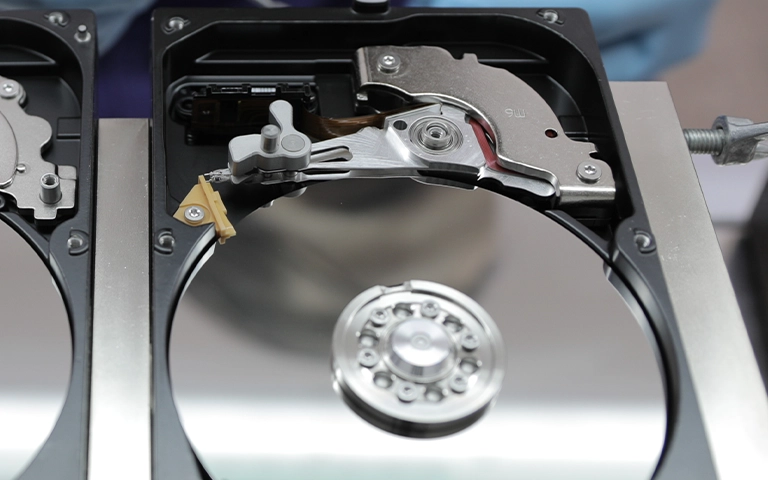
Conclusion
This recovery proves that even failed WD Red Plus NAS drives can be restored with expert handling, advanced tools, and cleanroom environments. At PITS Global, our success rate speaks for itself we’re trusted by businesses across the country for critical NAS and RAID recovery.
Watch what our customer saying
Call 888.611.0737
Visit pitsdatarecovery.com
Free shipping label available upon request
Don't Let Data Loss Ruin Your Business
Minimize business disruption. We retrieve lost data fast, so you can focus on what matters.

